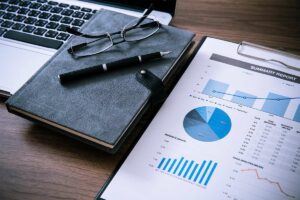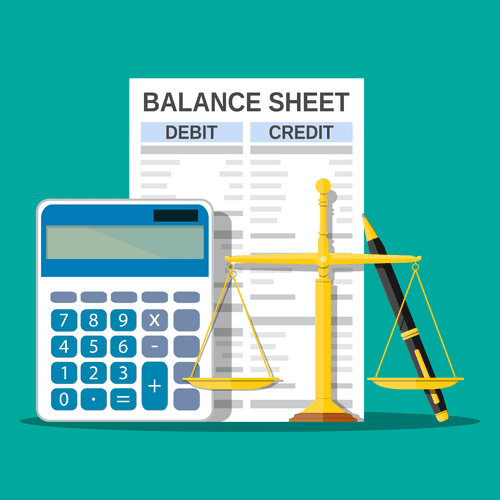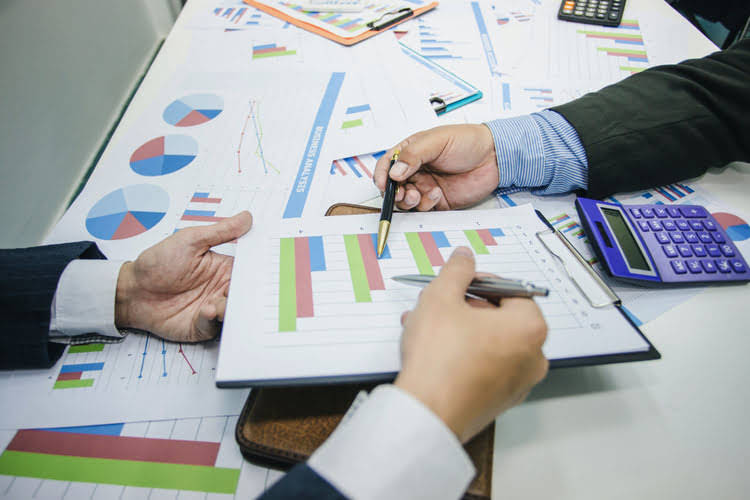
Plant assets are deprecated over their useful lives using the straight line or double declining depreciation methods. Monte Garments is a factory that manufactures different types of readymade garments. The company also has a printing press for printing customized merchandise with brand designs.
Improvements

One of the CNC machines broke down and Tom purchases a new machine for $100,000. The bookkeeper would record the transaction by debiting the plant assets account for $100,000 and crediting the cash account for the same. Since plant assets definition these assets produce benefits for more than one year, they are capitalized and reported on the balance sheet as a long-term asset. This means when a piece of equipment is purchased an expense isn’t immediately recorded.
What characteristics do plant assets have in common?
- It’s important to note that the value of plant assets (other than land) depreciates over time, and each type of asset has a specific “useful life” that is defined by the IRS.
- The goods you can include in this category are usually useful assets that help your business well.
- This would include long term assets such as buildings and equipment used by a company.
- Current assets are short-term assets like inventory and are likely to be converted into cash within one year.
- They understand that good-looking and functional outdoor spaces often add value to real estate.
- It helps portray a sense of confidence, respect and tone to your message..
The same process will be repeated every year at the end of the financial year. The depreciable amount (cost less residual value) should be allocated on a systematic basis over the asset’s useful life [IAS 16.50]. Based on the purpose of depreciation mentioned above, depreciation should only commence when the asset is ready for use and is at the location that it is intended to be used.
Initial Recognition
Plant assets are a specific type of asset on a company’s balance sheet. Unlike buildings or equipment, land does not wear out or get used up. This means that we don’t reduce its value over time through depreciation. However, we treat improvements to the land differently because they can wear out over time—like a new parking lot that needs repaving after years of use. Naturally, the initial purchase of the plant asset would be an outflow of cash, any subsequent sales would be a cash inflow.

The world of plant assets can seem like a maze, and without a little guidance, it’s easy to get lost. Plant assets, also known as property, plant, and equipment (PP&E), https://www.bookstime.com/ are tangible assets with a useful life of more than one year. Plant assets are recorded at their cost and depreciation expense is recorded during their useful lives.
IFRIC 20 — Stripping Costs in the Production Phase of a Surface Mine
In the initial years of the asset, the amount of depreciation expense is higher and decreases as time passes. There are different methods of depreciation that a business entity can use. Many business entities use different depreciation methods for financial reporting and tax purposes. Plant assets must also be reviewed for impairment at regular intervals. We should be wary of any indications of impairment such as a downturn in business which suggests that the plant assets may not be able to generate as much value as they could before.
He is the sole author of all the materials on AccountingCoach.com. For the past 52 years, Harold Averkamp (CPA, MBA) has worked as an accounting supervisor, manager, consultant, university instructor, and innovator in teaching accounting online. As for buildings, per IRS rules, non-residential buildings can be depreciated over 39 years using the Modified Accelerated Cost Recovery System (MACRS) method of depreciation.
- This means that we don’t reduce its value over time through depreciation.
- The basic principle working behind the depreciation of assets is the matching principle.
- We’re firm believers in the Golden Rule, which is why editorial opinions are ours alone and have not been previously reviewed, approved, or endorsed by included advertisers.
- This includes purchase price, shipping costs, installation charges and any other costs directly attributable to bringing the asset to its working condition.
- Each of these types is classified as a depreciable asset since its value to the company and capacity to generate income diminishes during the asset’s useful life.



